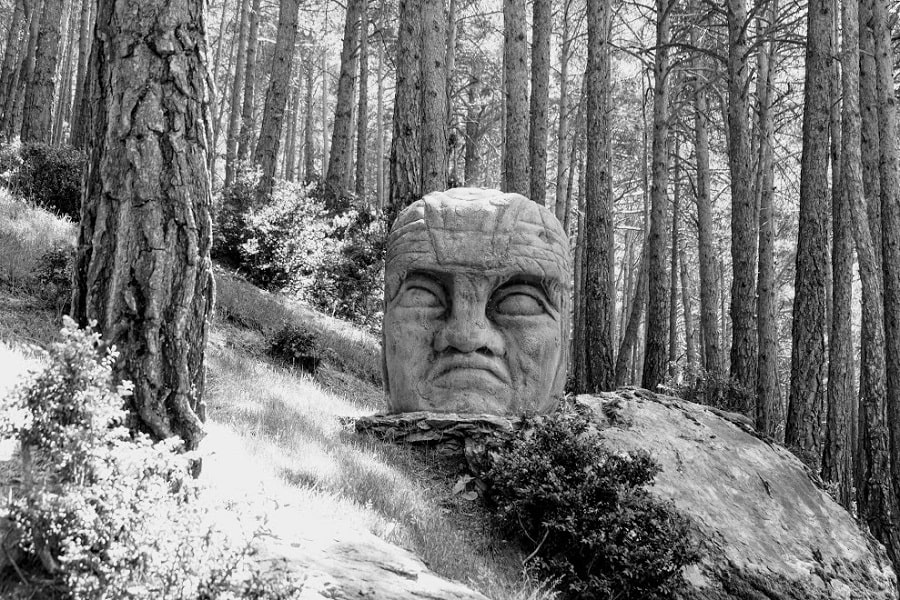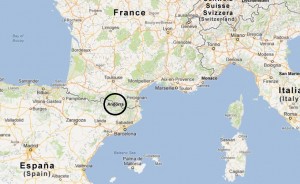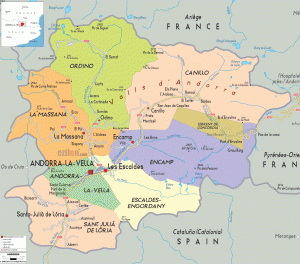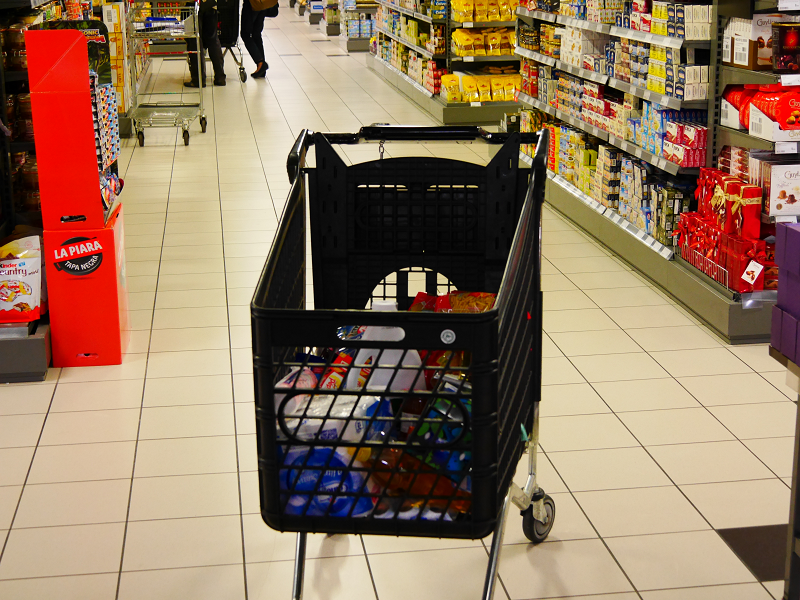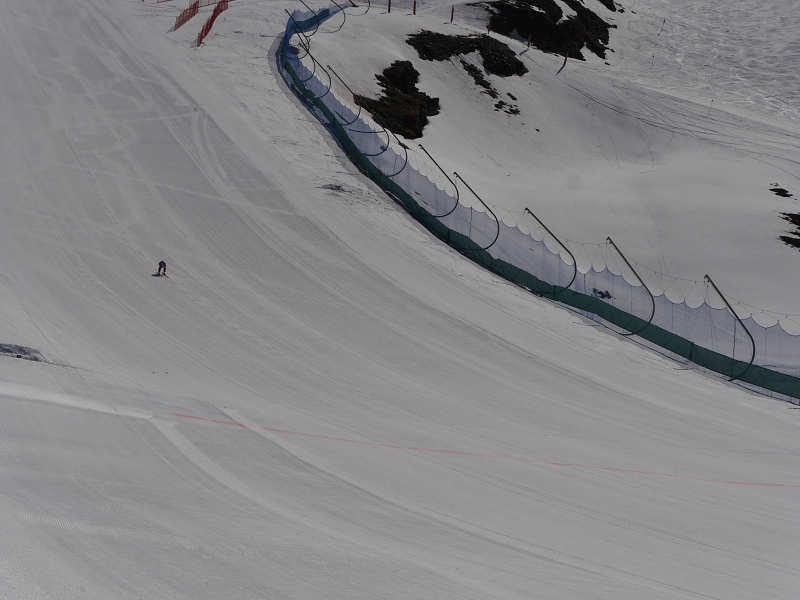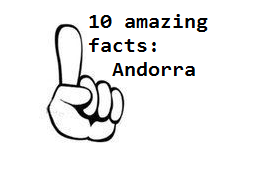What is and where is Andorra country?
The location of Andorra on a map: full information about Andorra
The Principality of Andorra is a small country that could be attributed to the group of European diminutive states together with Liechtenstein, Monaco and San-Marino. Alongside with that, Andorra is the biggest out of this group. The area of Andorra makes up 468 km2.
Location and borders: Andorra is located in the south-west of Eurasian continent, between Spain and France, in the eastern part of the Pyrenees. The country has no got access to sea; it is mostly located on the mountainous terrain at the height of 900-2000 meters above the sea level.
- North (crags of Font Blanca) – 42º 39’ 15’’
- South (Conangle – River Runer) – 42º 25’ 38’’
- West (Aquell pass) – 1º 24’ 34’’
- East (River Palomera – River Ariège) – 1º 47’ 19’’
- Highest point – Peak of Comapedrosa 2,942 m
- Lowest point – Confluence of the River Runer 840 m
- Woodland – 38%
- High mountain fields – 26%
- Scree and rocky areas – 20%
- Urban areas and infrastructures – 5%
Borders with:
- Spain – 63,7 km
- France – 56,6 km
Where is Andorra on a european map:
Political map of Andorra
The official name of the country is the Principality of Andorra (cat. Principat d’Andorra).
Political situation and Constitution: nowadays Andorra has a status of being a legally, democratically and socially independent country. On May 14th, 1933 the referendum over the first Constitution was held. That Constitution was approved by the majority of the citizens. According to this document a parliamentary principality was considered to be the basis of the state political regime. The form of a government is a Parliamentary Principality. More…
Historically, the Co-princes of Andorra as well as the Head of the State possess general and inseparable powers and can represent the Principality at the highest level. As stated in different versions of “Pariatge”, the decree of the co-Princes of the State is personal and inseparable and belongs to the bishop of La Seu D’Urgell (Catalonia) and to the President of France. According to the same decree, the bishop of Urgell and the President of France guarantee the stability of Andorra’s political system. The Co-Princes are also in a position to solve controversial issues of the Principality and participate in the process of taking decisions by the governmental and constitutional powers. More…
Europe integration process: Andorra is not part of the European Union. One of the major external political priorities is the development of the integration alliances with EU aimed at the associated membership on the basis of Collaboration agreement from 2004. Andorra has been a member of OSCE since 1996. According to the former FM Gilbert Saboya, “we don’t pretend to be a full member of the EU, but the association agreement with the EU will provide Andorra with access to the European market”. More…
History: the first settlements in the territory of what would later become Andorra began in the Ice Age, but there were no large groups inhabiting this territory until after the retreat of glaciers. Archaeological excavations demonstrate that from 3500-2000 BC small groups of people lived in valleys near the Rio Valira and in caves in what would later become known as Andorra. Later, groups of people migrated to the lower mountain levels, where they began to live in small groups or villages. It is a scientifically proven fact that people in those settlements used bronze tools. Worshipping the spirits of nature, forests and lakes, ancient Andorrans constructed megaliths and dolmens. Iberian coins were also found in the territory. It is believed that the name Andorra comes either from Iberian words “ando” (highest) and “ore” (iron), or from Celtic words “an” (blow) and “dor” (wind). More…
Human development: in 2015 Andorra joined the list of 49 “Countries with very high human development index”, reported in the “Human development Report” by the UNITED NATIONS DEVELOPMENT PROGRAMME. Andorra takes the 34th place between Qatar and Slovakia. More…
Freedom: Andorra took the 16th place in the list of “free” countries in 2016, according to the rating of the public organization “Freedom House”. The ratio of the Principality is 96 out of 100, according to the website of the organization. More…
Tourism: the most visited country in the world — Andorra, reports World Bank. In this country, there are 32.4 tourists per 1 inhabitant. The inseparable beauty of landscapes and resorts, skiing, thermal springs, duty and excise free trade, low level of criminal activity, excellent ecological conditions, a relatively low cost of living in comparison to the neighbor France and Spain attract approximately 8 mln tourists per year. Tourism revenues make up about 80% of GDP of the Principality. More…
Currency: Andorra is the only country of Europe which uses EURO as its official currency without formal agreement with EU. Andorra never had its own currency. Previously before the introduction of new currency Andorra used French franc and Spanish peseta. More…
Population: the population of Andorra by 01.01.2024 – is 85.101. More…
Crimes: according to the World Bank’s report, Andorra ranks fifth in the world in terms of “no criminality” (index 1.32). To put this into context, neighboring Spain is in 31st place (index 0.01). More…
Life expectancy: according to 2016, the highest life expectancy (83.9 years) was recorded in Andorra, reports WHO.
Healthcare system: the UK medical journal The Lancet published a ranking of the healthcare systems HAQ (Healthcare Access and Quality Index) of 195 countries. The leader of the “best health care system in the world” rating is Andorra. The second place was taken by Iceland, the third – Switzerland. More…
Economic data: the labor force for 01.01.2019 is 37 134 people. The level of unemployment currently makes up 2.9%. 94.9% of labor force is occupied in the sphere of services; 4.7%– in industrial sphere and only 0.4% — in agriculture. The minimal wage is 1045.33 euro/month. The average amount of wage is 2117 euro/month. The inflation in 2018 made up 1.6%. More…
Taxation: together with Liechtenstein and Monaco Andorra can be attributed to the so called European “tax heavens”. The direct taxation is 10% on income tax (0% if the profit is less than 24000 euro per year) and 4.5% VAT. Business taxation is the most liberal in Europe. Since 2012 the profit tax for the companies makes up 10% with 8% of potential decrease. However, in 2016 Andorra joined the agreement of the Organization for Economic Cooperation and Development (OECD) to tackle tax base erosion and Profit Shifting (Base erosion and profit shifting, BEPS). More…
Sovereign rating: in January 2020 Standard & Poor’s confirms Principality’s rating at BBB / A-2 and positive outlook.
Banks: the banking system of Andorra is represented by 4 bank groups of Andorran origin and 1 foreign bank. Experts state that currently the private banking system of Andorra could be considered the most reliable. The banks of Andorra work from Monday till Friday, working hours from 9.30 till 16.30 with a lunch break from 12.00 till 14.00. More…
Energy market and consumption: Andorra’s total consumption is 600 GWh of electricity annually. The country produces only 15-17% of its internal demand. The rest is being bought in Spain and France. At the same time the price of electricity in Andorra is quite competitive compared to other European countries. For example, Andorras’ rates are 50% lower than in Spain and about 15-20% lower than in France. More…
Capital and main cities: the capital of Andorra – Andorra La Vella. It is the highest capital city in Europe. The country is divided into 7 administrative districts (Comu). More…
Logistics and transport: Andorra has no airport but the roads to Spain and France allow getting to the airports of Barcelona and Toulouse within approximately 3 hours. It takes about 10 hours to drive to Paris and 8 hours — to Madrid. More…
Education: Andorra is the only country in the world with 3 systems of education: Andorran, Spanish, French. As Irina Bokova (UNESCO CEO) said, “three education systems in Andorra – French, Spanish and Andorran – give the chance to use this experience for the development of Global Education First Initiative (GEFI). UDA (Universitat d’Andorra) is the only state University in Andorra that was founded in 1997. The University is a member of European University Association. The amount of students doesn’t overcome the amount of 500. More…
Duty-free trade: Andorra is a country of duty-free trade with the lowest VAT in Europe (4.5%). The prices for luxury products, perfume, clothes, some foods, alcohol, tobacco, household appliances are 15-20% lower than the European ones. More…
Architectural heritage: antique Roman art traces are visible everywhere and could be found in most small churches and medieval bridges. The oldest churches in Andorra come from IX century. More…
Traditions and festivals: the majority of festivals and popular traditional holidays correspond to the religious events and natural cycles of the Earth. More..
Holy Church: 90% of the population consider themselves Catholics. In accordance to the Constitution of Andorra, Catholicism is not a state religion. Though there is a freedom of religion in the country, Catholic Church is mentioned separately in the Major Law.
Main languages: the state language of Andorra is Catalan (catala). Other (official) languages in Andorra: Spanish, French, Portugues. More…
Relief and altitudes: the relief of Andorra may be considered typically mountainous with its swelling up peaks, escarping down cliffs, canyons, tumultuous mountain rivers, dodging through the mountains of the valley. The relief of this part of the Pyrenees goes back to Paleozoic and Mesozoic eras. As for manifold lakes, being sources for manifold Andorran rivers, in accordance to the scientific data, they have glacial origin. More…
Climate: due to the southern location of the country and its mountainous relief the climate may be considered mountainous sub-tropical, partially moderated by the Mediterranean Sea, located nearby. The temperature conditions of the country are more than comfortable for living. The temperature in January, the coldest month of the year, is -15C in the mountains and about 0C on the plain, ranging from -3C up to +3C. In summer the temperature may come up to +15C–+20C. Due to the mountainous terrain, relief diversity and abrupt elevation changes, the weather in Andorra is differentiated by zones and may notoriously differ within relatively small distances. More…
Flora and fauna: The plant cover is rather diverse, mostly dominated by 1) deciduous trees: oak, chestnut, beech, box; and 2) conifers: fir-trees, pine, silver fir and different types of junipers. There are vast alpine and subalpine meadows high in the mountains. More…
Administrative structure and main cities
Main facts
Population (2024): 85.101
Area: 468 km2
GPS coordinates: 42°33′N 1°35′E
The time zone: GMT+1
The code for international calls to Andorra: +376
Nominal GDP: $3,325,145,407
National currency: euro
Internet domain: .ad
ISO Code: AND
Electricity: 220 V, plug type: C-F
Car registration code: AD
See also Andorra business guide
See here Pyrenees travel guide
See here France travel guide
See here Spain travel guide
See here Andorra travel guide
See here Moscow travel guide



